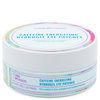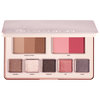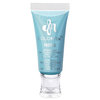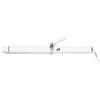
Stray hairs are everywhere! On your desk at work, on your pillows, and clogging your shower drain. Not only can they be annoying—and embarrassing—but they can sometimes be a symptom of a bigger problem. Most of the time finding strands in your wake is normal, but how do you know when shedding has turned into scary hair loss? We chatted with Florida-based hair restoration surgeon Larry J. Shapiro, M.D., about hair shedding.
What are the most common causes of hair shedding?
“Hair loss can be caused by many things. Heat damage from blow-dryers, curling irons, and flatirons, as well as coloring and extensions all result in breakage,” says Dr. Shapiro. Stress and diet are big factors as well. “If you are not getting enough vitamins and protein, your hair follicles won’t be strong and healthy,” explains Dr. Shapiro. And there are also a lot of metabolic reasons. “An out-of-whack thyroid is a common cause of hair loss,” says Dr. Shapiro.
How much shedding is normal?
“The average human head has an estimated 100,000 to 150,00 hairs on it,“ says Dr. Shapiro. ”Shedding 30 to 50 strands daily is not significant. If you begin to lose 100 to 150 a day, then you should see a doctor."
Do certain types of hair shed more than others?
“Curly hair is actually more likely to shed than thin hair,” says Dr. Shapiro. This is because, “oftentimes women with curly hair tend to abuse their hair by straightening it with hot tools, which are damaging to the follicle.” Heat robs the hair of essential moisture, causing the shaft to be dry, brittle, and fragile. Women with longer hair may think they are shedding more because the drain clogs faster but this is because the mass of hair is simply bigger.
What are the signs of healthy follicles?
“The texture of your hair is a key in knowing if your follicles are healthy,” says Dr. Shapiro. Using two or more mirrors, examine the hair in the back, center patch of your head. There is naturally a bump on everyone’s head known as the occipital protuberance. This is where you should check for texture change. “The hair in this area should never change. So if the quality of the rest of your hair doesn’t match up or is thinner or not as shiny, then go see a specialist immediately,” says Dr. Shapiro. “Hair has a four- to six-month memory, so if something is going wrong, you won’t see the trauma until six months later.” Another way to check is to look for a club-shaped bulb at the root of your fallen hair. This is a sign the strand has gone through its complete life cycle and is normal shedding.
Besides avoiding hot tools, what can be done to prevent hair loss?
Changes in thyroid function are commonly linked to hair loss. Dr. Shapiro recommends avoiding soy because “it has been shown to negatively affect the thyroid in a lot of people.” But the most effective way to keep your hair healthy and prevent it from falling out? “Make sure you are getting enough B vitamins, iron, and protein in your diet,” says Dr. Shapiro.
You Might Also Like
-
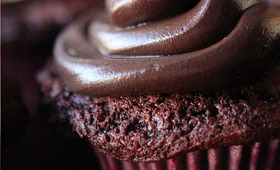
Skincare
Do Chocolate and Sugar Really Cause Breakouts?
- 125
-

Wellness
Pretty Things to Be Thankful For
- 80
-
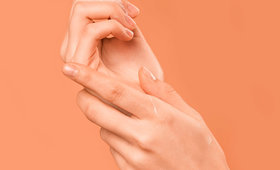
Hand Treatments
9 Best Hand Creams for Dry Skin
- 55
-
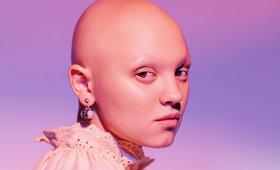
Face Skincare
Best Skincare for Chemo Patients According to Cancer Survivor
- 1
-

Well-being
Look Younger, Instantly!
- 78
-

Well-being
Five Ways to De-Stress
- 278
-

Well-being
5 Ways to Bust Out of the Winter Beauty Blues
- 73
-

Fitness
Beauty Detox: Shiny Hair Salad
- 257





